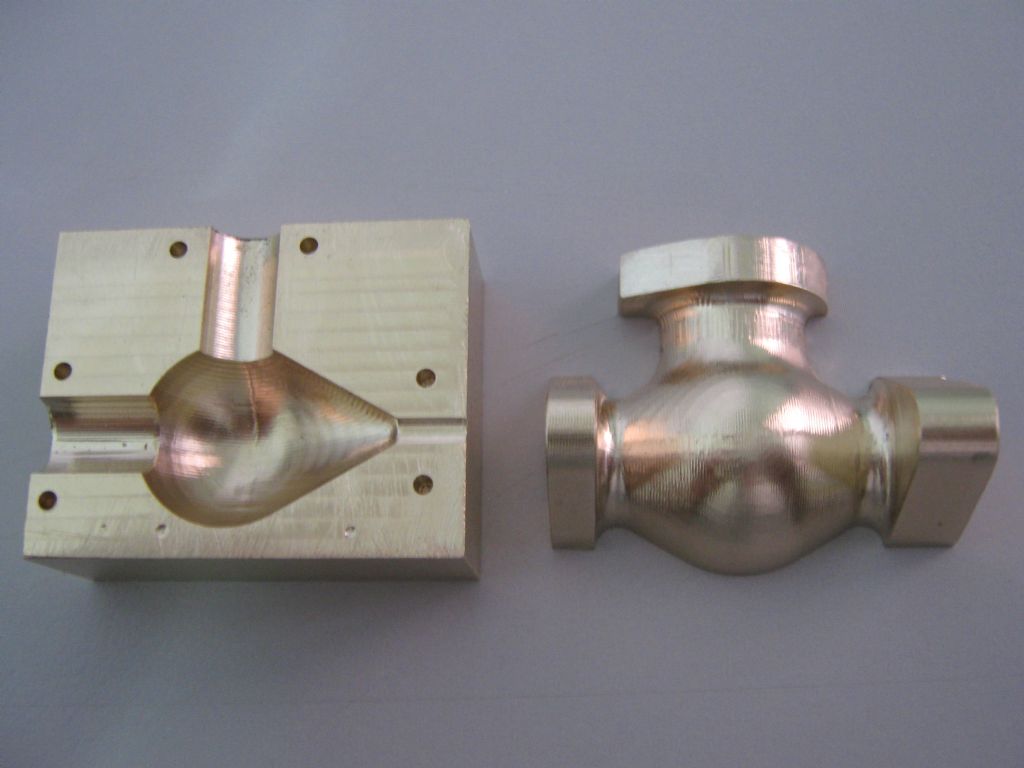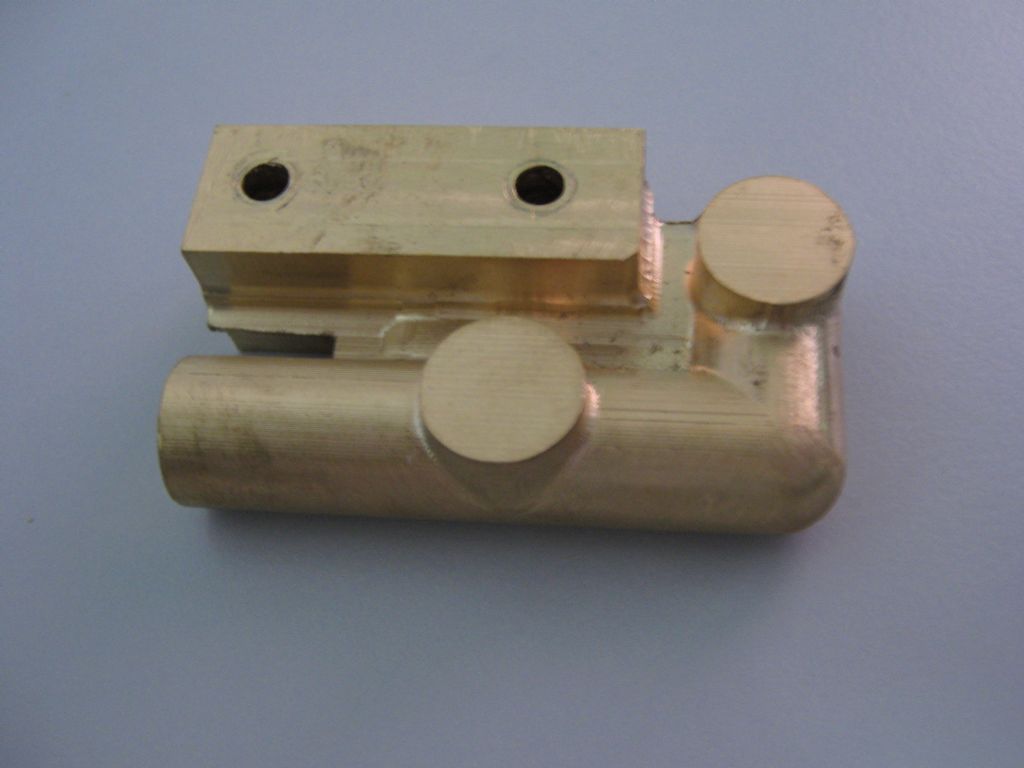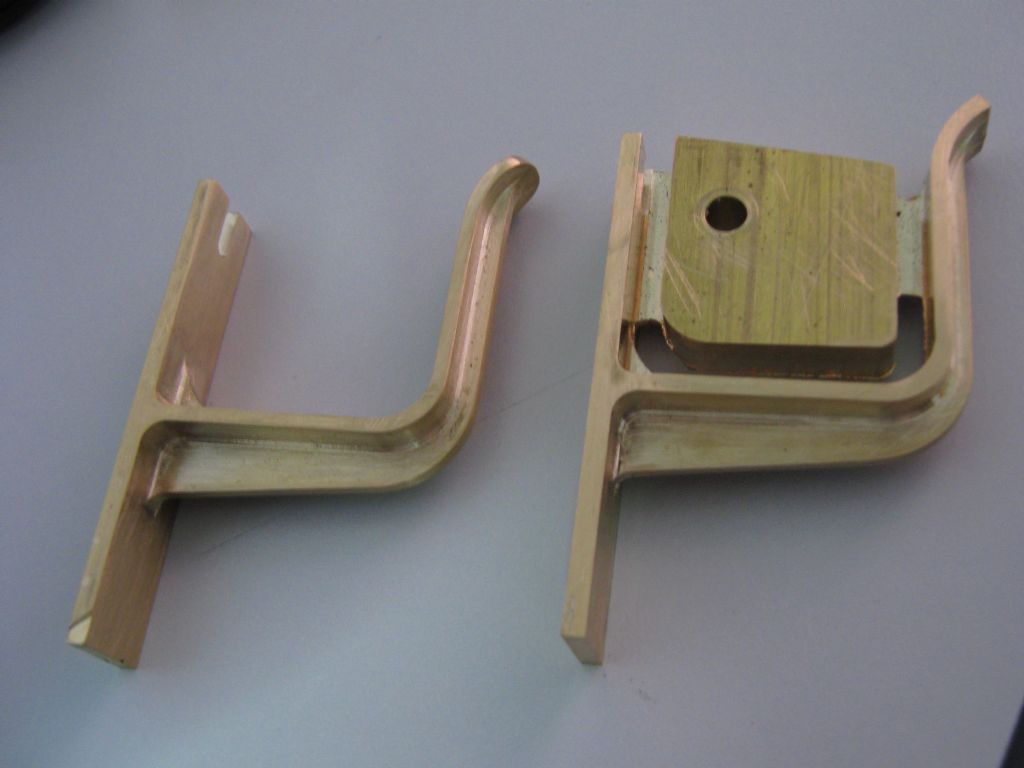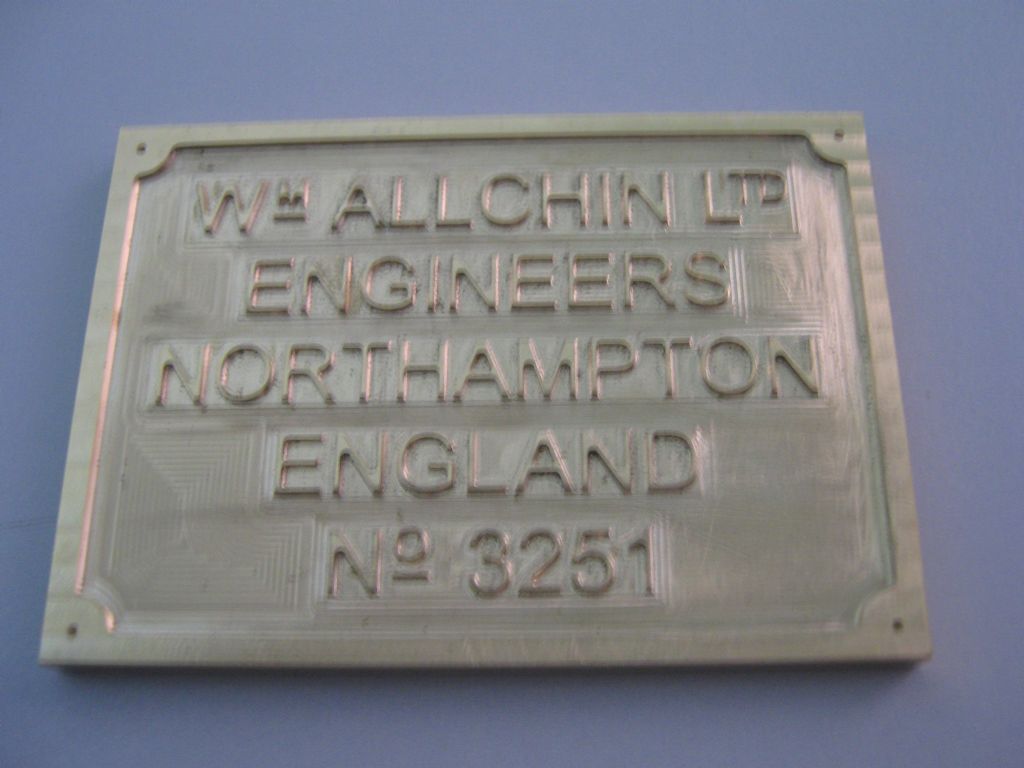OK long post go get a coffee.
First off let me make it clear that I don’t push CNC at the expense of all else, my main job is emergency repairs. If it gets broken I have to fix it and that mainly means manual milling turning, welding etc. In fact my large CNC hasn’t turned a wheel in 5 or 6 weeks.
What I do want to do though is burst some of the incorrectly conceived bubbles that a lot of people who actually have no knowledge and are just repeating, want to shout out.
Thinks like CNC are only good for production runs. This is rubbish given that a complex part can be programmed and cut in far less time than getting a pattern made or fabricating then machining.
You need to learn G-Code before you can run one. Again rubbish, modern computer programs do all that for you. As an example of this I recently did a morning training secession at ARC’s Leicester store on an introduction to CNC. Due to space and getting enough training the course was limited to 4 people and I asked before hand what each persons conception was and two people said this was a limitation for them.
I asked the two people to nominate one of themselves and a guy stepped forward.
I then handed running the course over to him ! Basically I told him what to do, he did it hands on and we all watched.
Started off with a pre drawn DXF file of a con rod, basically pre drawn because it was not a lesson on CAD drawing and also no two people will use the same program anyway, end result is whatever program you use needs to output DXF and I know of no ‘proper’ CAD programs that don’t.
BTW ignore Terry’s reference to Parametric CAD made earlier, not having a stab at Terry but Parametric CAD [ usually expensive ] is where you change one dimension and it updates the whole drawing, whilst very nice it is not a pre – requisite. My take is if you draw it right you don’t have to update it <bg>
I know many people who have spent a lifetime CAD drawing without the help of parametric s.
So the DXF file was imported into Cut2D a cheap CAM program from Vectric which has one of the shortest learning curves I have seen. For each part of the shape the contour was selected, tool selected which also had feeds and speeds allocated to it. 6 contours were generated, pocket, small end boss, big end boss, small end bore, big end bore and outside.
To save time in programming the same tool was chosen to do all these contours and the part saves and the part was then post processed.
A word about post processors, all these consist of is a conversion file that reads the geometry on screen and convert’s it into way point co-ordinates with the correct G_code in front of it.
Each post is special to a particular machine and when correctly written means there is no editing to do.
Our trusty helper who we will call Fred as I can’t remember his name, sorry Fred <g> was then instructed to fasten the blank in a vise on the machine and set up origin point and tool length offset. I then deleted these and made one of the other guys set it up just to prove they hadn’t nodded off.
Before the G-Code was loaded into the machine I took a small piece of paper and some sellotape and covered the G_Code window up on screen, the code was loaded and Fred was told to press start.
25 minutes later we had a con rod, complete and on size. another 25 minutes later we could have had it’s mate if needed or even one half the size if we had entered 0.5 on the scaling box wihout having to redraw or reprogram it.
At this point we had a finished con rod and no one, including myself had seen ANY G-Code at all because of the piece of paper.
What actually happens is that as you use a CNC and see the code you learn it by osmosis, one day it will suddenly hit you “I can read this ” and then the bubble bursts and you think to yourself, what a sad ba$tard <bg>
CNC is just another tool, if you can make use of it then go for it.
Terry mentions using the word amateur and I can’t agree more with him. Taking the amateur status for some it’s the making of the part, for others it the finished part. Many have workshops not to build models but to support another hobby like vintage cars and bikes.
For them it’s getting the needed part as good and quickly as possible.
Time is also of a premium nowadays, gone are the days of disappearing into the workshop 6 nights a week. CNC can help here in that you can do more on the workshop nights than could could do manually but you get extra nights sat inside doing a bit of programming and planning.
One thing that people say that CNC is good for I do disagree with though.
They say that you can be doing something else whilst the machine is making the part.
That’s total rubbish – it’s that fascinating you have to stand there and watch it !!
John S.
Sub Mandrel.










